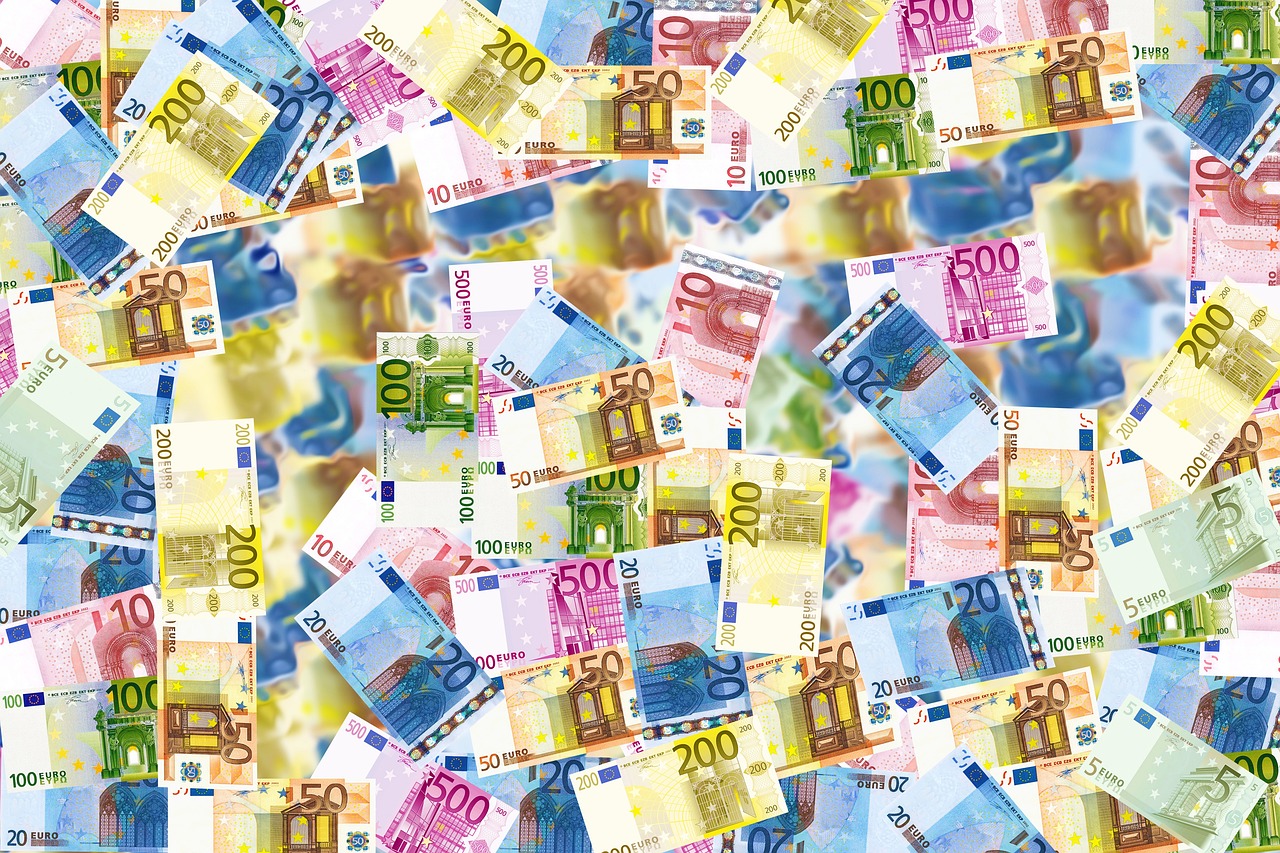
The euro is a monetary unit used by almost all countries in the European Union.
The euro is a monetary unit used by most countries in the European Union ( EU ). There are nineteen States that form the Economic and Monetary Union of the EU and give rise to the so-called euro zone , also known as the euro zone or eurozone .
euro zone
The euro zone was created in 1999 and its monetary policy depends on the European Central Bank ( ECB ). Among the nations that have the euro as their currency are Spain , France , Germany , Portugal , Lithuania and Italy .
It is estimated that around 340 million people live in the eurozone. The euro, whose symbol is € , is the second most traded and reserve currency worldwide, surpassed only by the US dollar .
History
The history of the euro is the evolution of a common currency in Europe that has had a profound impact on the economy and integration of the European Union. It all began with the signing of the Maastricht Treaty in 1992, a crucial milestone that established the European Union and laid the foundations for an economic and monetary union. Then the creation of a single currency was agreed and economic convergence criteria were established that countries had to meet to join the eurozone.
The transition phase took place between 1999 and 2001 . During this period, the European Central Bank (ECB) was established and conversion rates between national currencies and the euro were set. Although the euro originally existed as an electronic and accounting currency, this period laid the foundations for the next phase.
Then, January 1, 2002 marked a momentous milestone when euro banknotes and coins were physically introduced, replacing national currencies. Over time, more countries joined the eurozone as they met economic convergence criteria. Greece was one of the first to adopt the euro in 2001, followed by others such as Slovenia (2007), Cyprus and Malta (2008).
However, the global financial crisis starting in 2008 tested the stability of the euro and cooperation between member countries. The financial crisis revealed weaknesses in the structure and governance of the eurozone, triggering debates about policy coordination and the future direction of the economic union. Despite the challenges, the euro remained a globally significant currency and an integral part of the European economy.
European Stability Mechanism (ESM)
The European Stability Mechanism is an international financial entity created to provide financial assistance and stability to eurozone member countries in the event of serious economic difficulties. The ESM was established in 2012 in response to the financial crisis that affected several eurozone countries.
Let's look at some of its main features:
- Objective : The main objective of the ESM is to safeguard the financial stability of the eurozone by providing temporary assistance to countries facing debt problems or serious financial difficulties;
- operation : When a member country faces economic and financial problems, it can request assistance from the ESM. If the application is approved, the ESM provides loans with specific conditions to help the country overcome its economic challenges;
- conditionality – ESM financial assistance is subject to specific conditions, such as the implementation of economic and fiscal reforms aimed at correcting underlying problems and restoring economic sustainability;
- Resources : The ESM has the ability to raise funds in the financial markets by issuing bonds. These funds are used to provide assistance to member countries in difficulty;
- governance – operates under the supervision of the Eurozone Finance Ministers and is subject to certain safeguards and controls to ensure that financial resources are appropriately used;
- limits – has a set funding limit and member countries are expected to implement measures to ensure the sustainability of their debt in the long term.

The euro came into force definitively on January 1, 2002.
compositional element
Euro- is also a compositional element that refers to what is linked to the EU or what is European . In this way we can find concepts such as Eurocentrism , Euro Cup or MEP .
East wind
Additionally, the cardinal wind that blows from the east is known as the euro. The god who represented this wind was called Euros or Euro : since he was said to bring rain, his symbol was a vessel that spilled water.
